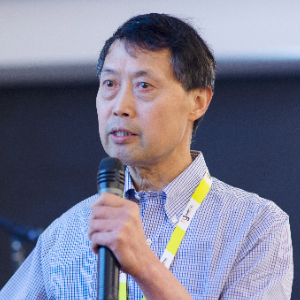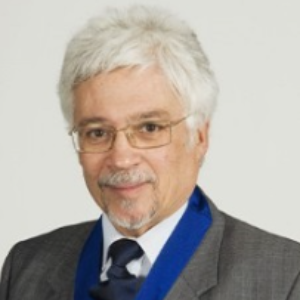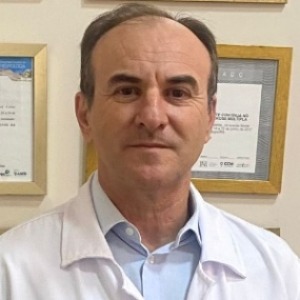Robotics
Robotics has been a major boon to the scientific community since its inception. Robotics is the engineering field which deals with the design, construction, operation, and application of robots that are used to perform tasks. A robot is an autonomous or semi-autonomous machine capable of carrying out a variety of complex tasks. Robots are the quintessential example of artificial intelligence, in which a machine can think, plan, and act like humans. They are typically programmed to perform repetitive tasks and can be designed to take on a variety of shapes and forms. One of the most notable examples is industrial robots, which are used to perform various tasks in automotive factories. Robots are also widely used in research and academia. They are ideal for applications such as exploration and discovery, and can be used to perform experiments that are too dangerous or difficult for humans. Scientists have used them to explore new areas of research and to test theories. This way, researchers can eliminate the need to introduce variables that may interfere with results. Robots are also becoming increasingly common in both our homes and workplaces. They are designed to be more efficient and to automate processes, which leads to greater accuracy and productivity. They have the capability to work around the clock, reducing the need for human labor and providing more time for meaningful tasks. The robotics revolution is poised to transform many aspects of our lives. It has already revolutionized the way we think about science and the way we approach and solve problems. In the future, robotics will become more capable and intelligent, and this will open up new possibilities for us. With the help of robots, we may be able to solve some of the most challenging problems of our age.

Ken Ware
NeuroPhysics Therapy Institute, Australia
Robert B Slocum
University of Kentucky HealthCare, United States
Yong Xiao Wang
Albany Medical College, United States
W S El Masri
Keele University, United Kingdom
Jaqueline Tuppen
COGS Club, United Kingdom
Milton Cesar Rodrigues Medeiros
Hospital Santa Casa de Arapongas, Brazil




Title : Perception and individuality in patient cases identifying the ongoing evolution of Myalgic Encephalomyelitis/Chronic Fatigue Syndrome (ME/CFS)
Ken Ware, NeuroPhysics Therapy Institute, Australia
Title : Narrative medicine: A communication therapy for the communication disorder of Functional Seizures (FS) [also known as Psychogenic Non-Epileptic Seizures (PNES)]
Robert B Slocum, University of Kentucky HealthCare, United States
Title : Rabies: Challenges in taming the beast
Alan C Jackson, University of Calgary, Canada
Title : Neuro sensorium
Luiz Moutinho, University of Suffolk, United Kingdom
Title : Traumatic Spinal Cord Injuries (tSCI) - Are the radiologically based “advances” in the management of the injured spine evidence-based?
W S El Masri, Keele University, United Kingdom
Title : Personalized and Precision Medicine (PPM), as a unique healthcare model through biodesign-driven biotech and biopharma, translational applications, and neurology-related biomarketing to secure human healthcare and biosafety
Sergey Victorovich Suchkov, N.D. Zelinskii Institute for Organic Chemistry of the Russian Academy of Sciences, Russian Federation